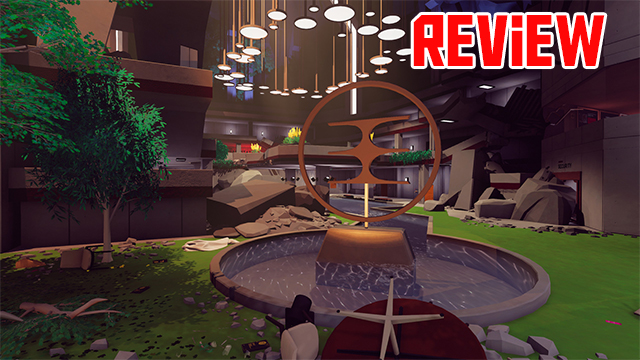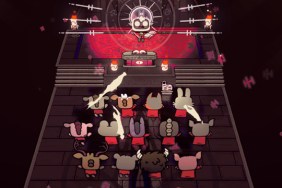There’s nothing more tantalizing than a game with potential. Be it a unique mechanic, a novel setting or an innovative twist on familiar tropes, originality can sell players on new worlds and unproven concepts. Originality can also cause problems in production. A unique mechanic can lead to design headaches. Untested locales can quickly become stale and tiresome. Sometimes, tropes are tropes for a reason. Despite…
-
Cohesive graphical style that fits the world.
-
Interesting and natural sounding dialogue from Amber.
-
Plenty of ambitious gameplay ideas.
-
Shallow follow through on those ideas.
-
Console versions have technical issues.
-
Puzzles are too restrictive.











